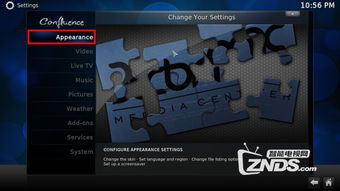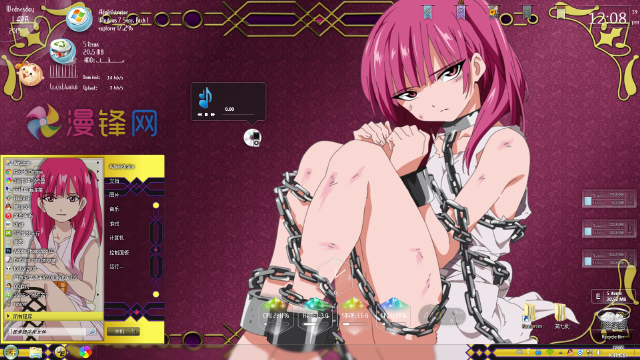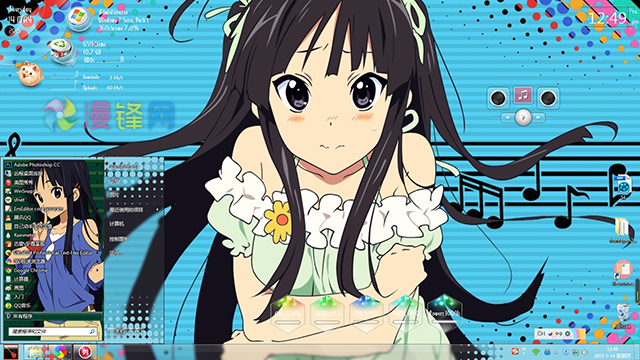
KeyLinker安卓版

- 文件大小:26.07MB
- 界面语言:简体中文
- 文件类型:Android
- 授权方式:5G系统之家
- 软件类型:装机软件
- 发布时间:2024-11-11
- 运行环境:5G系统之家
- 下载次数:251
- 软件等级:
- 安全检测: 360安全卫士 360杀毒 电脑管家
系统简介
Introduction to Control Systems

Control systems are integral to the operation of various devices and processes across numerous industries. They are designed to manage, regulate, and optimize the behavior of systems to achieve desired outcomes. This article delves into the basics of control systems, their components, and their applications.
Components of a Control System

A typical control system consists of several key components:
Input: The input to a control system is the signal or variable that the system is designed to control. This could be a temperature, pressure, speed, or any other measurable quantity.
Controller: The controller is the brain of the system, responsible for processing the input signal and generating a control signal. It uses algorithms and logic to determine the appropriate action to take.
Actuator: The actuator is the component that converts the control signal into physical action. It could be a motor, valve, or any other device that can manipulate the system's behavior.
Process: The process is the system itself, which is being controlled. It could be a chemical plant, an industrial machine, or even a biological organism.
Feedback: Feedback is the process of comparing the actual output of the system to the desired output and adjusting the control signal accordingly. This helps the system to correct any deviations from the desired state.
Types of Control Systems

Control systems can be categorized into different types based on their characteristics and applications:
Open-loop Control Systems: These systems do not use feedback to adjust their output. The control action is based solely on the input signal. An example is a simple thermostat that turns on the heating when the temperature drops below a set point.
Closed-loop Control Systems: These systems use feedback to continuously monitor and adjust their output. This ensures that the system remains within a desired range. An example is an automatic temperature control system in a building that adjusts the heating and cooling based on the actual temperature.
Linear Control Systems: These systems follow linear relationships between inputs and outputs. They are easier to analyze and design than nonlinear systems. An example is a simple proportional-integral-derivative (PID) controller.
Nonlinear Control Systems: These systems exhibit nonlinear relationships between inputs and outputs. They can be more complex to analyze and design but are often more accurate in representing real-world systems.
Applications of Control Systems

Control systems are used in a wide range of applications across various industries:
Automotive Industry: Control systems are used in modern vehicles for engine management, anti-lock braking systems (ABS), and stability control.
Manufacturing Industry: Control systems are used in industrial processes to optimize production, reduce waste, and ensure quality. Examples include robotics, automated assembly lines, and process control systems.
Energy Industry: Control systems are used in power plants, wind turbines, and solar panels to optimize energy production and distribution.
Healthcare Industry: Control systems are used in medical devices such as ventilators, infusion pumps, and patient monitors to ensure accurate and safe operation.
Challenges in Control Systems

Despite their widespread use, control systems face several challenges:
Complexity: As systems become more complex, designing and implementing effective control strategies can become increasingly difficult.
Noise and Disturbances: External factors such as noise and disturbances can affect the performance of control systems.
Resource Constraints: Control systems must often operate within resource constraints, such as limited computational power and energy consumption.
Conclusion

Control systems play a crucial role in modern society, enabling the efficient and reliable operation of various devices and processes. Understanding the
常见问题
- 2025-04-27 百战读书
- 2025-04-27 无羞小说app手机最新版
- 2025-04-27 爸爸的私房钱
- 2025-04-27 黑暗女精灵DarkElf破解版
装机软件下载排行

其他人正在下载
- 天体数藏app
- 液多多商户版
- 旺店通旗舰版手机版
- 小滴云手机官网版
- 小狐狸官方手机钱包
- tokenpocket官网下载
- Cobo钱包官网版
- tokenim官网下载
- TronLink正版钱包
- Math Wallet钱包官网版
系统教程排行
- 420次 1 安卓系统怎样看电池寿命,安卓系统电池寿命检测与延长技巧全解析
- 173次 2 开源的安卓系统,引领移动科技的创新与变革
- 704次 3 安卓系统上传图片压缩了,高效压缩与无损传输技巧
- 264次 4 安卓系统app半透明的,Android系统App半透明状态栏实现技巧解析
- 720次 5 安卓系统来电不显示黑屏,“安卓手机来电黑屏问题解析与解决方法”
- 597次 6 银豹收银系统手机安卓,助力商家智慧经营
- 707次 7 怎么安卓区转苹果系统,王者荣耀账号迁移全攻略
- 516次 8 UTM安装安卓系统问题,轻松实现iOS设备双系统体验
- 194次 9 手机安卓系统代码攻击,防御策略与应对措施
- 929次 10 安卓系统提取刷机包,安卓系统刷机包提取与生成指南






